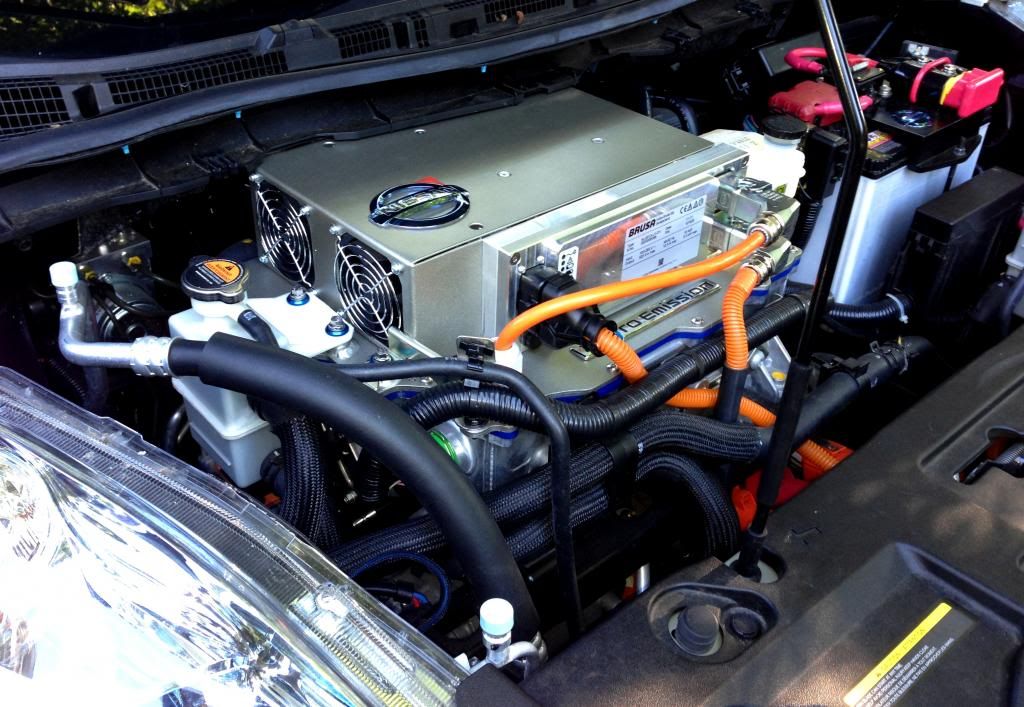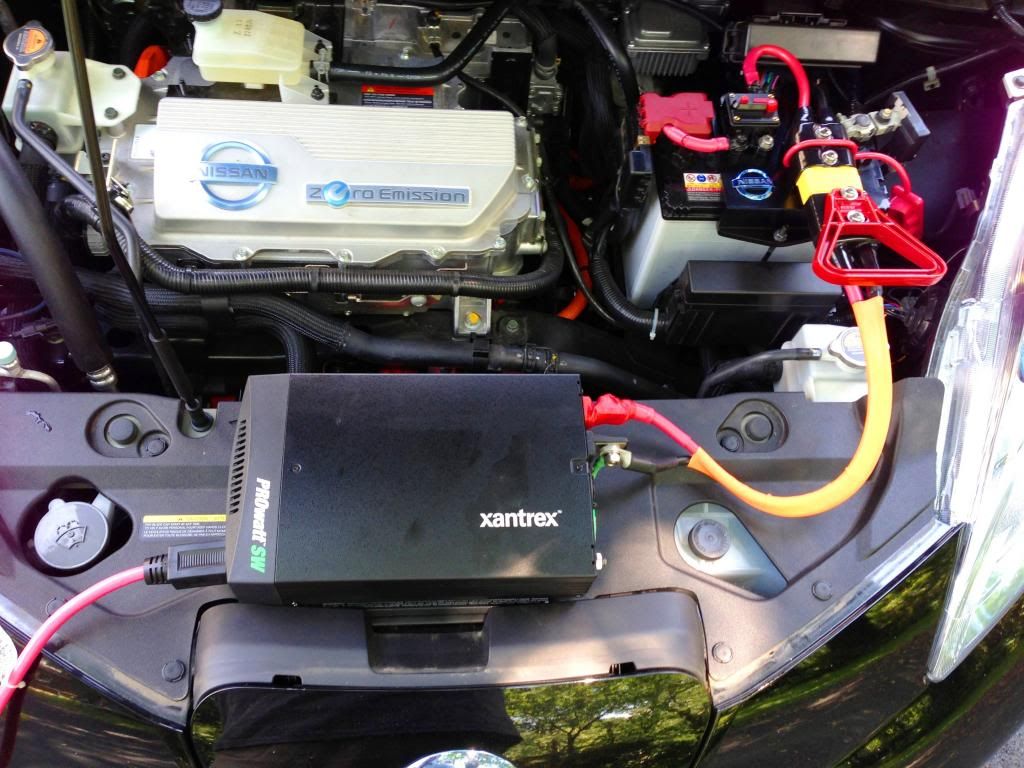Ingineer
Well-known member
A non-isolated power supply (aka non-galvanically isolated) has an electrical conduction path between the AC input and the output.
Let's use a cell phone charger for example. It is ALWAYS an isolated design. (except some of the cheap Chinese knockoffs that are electrocuting people!)
This means no part of the cell phone or the charging plug can pass current directly to/from the power line.
Now, let's say we use a non-isolated version. If you touch the bare metal on the charge connector and you are grounded or touch another product or fixture, current will flow, delivering an electric shock. It basically means the charger is "hot" and contains AC power in addition to the DC it's using to charge the phone. The AC part won't really have any bearing on the phone, it will still happily charge without issue, but it will have a disastrous effect on the people that use it!
Valery's argument is that the wiring and components in the LEAF are not directly connected to it's chassis, so there is reduced risk if you directly connect the AC power line to it's HV (High voltage) DC wiring. The problem is, the LEAF has a leakage detection system designed to disconnect all power to/from the battery if it detects any electrical relationship of it's HV DC to it's body. This is designed to detect a dangerous short circuit that could result in fire and/or electrocution. In order to "fool" this detector, you would have to disconnect the AC ground wire that is normally connecting the car body to the AC (earth) safety ground. Not only does this in itself present safety issues, and RFI radiation issues, you are risking your LEAF to generate a fault code if somehow it gets connected to ground. A simple barefoot touch of the body by a person could do this. You could receive a shock, and this would also then trip the leakage detection, disabling your LEAF until a trip to the dealer and a CONSULT III+ reset.
Years ago they used to make TV sets with a "hot chassis". This was due to the fact that it made the set simpler and cheaper to build. Problem was, you had to make sure all the knobs and exterior of the set was insulated, as anyone coming in contact with the metal chassis (or parts, such as a knob shaft) could be electrocuted. They designed the AC cord so it was attached to the back cover so that if you removed the cover, it automatically disconnected the AC power, so the set was "safe" to touch. The TV repairmen had to have a special "cheater" cord that they could power the set up for testing. Of course, when this was used, the set was then hot again.
They stopped doing live chassis because the liability was too great. It caused many fires and electrocuted thousands on a regular basis. I fully remember my first experience as a kid probing around in a live TV with the back off! :shock:
Every single one of the regulatory agencies around the globe will no longer permit such designs, and it would also be impossible to pass a UL test with such a design. Anytime you have a large appliance with a metal exterior, you are required to provide a ground bond that ties the metal of the device to the earth/electrical ground. Intentionally breaking this connection so you can get away with energizing the body of the car is insanity.
-Phil
Let's use a cell phone charger for example. It is ALWAYS an isolated design. (except some of the cheap Chinese knockoffs that are electrocuting people!)
This means no part of the cell phone or the charging plug can pass current directly to/from the power line.
Now, let's say we use a non-isolated version. If you touch the bare metal on the charge connector and you are grounded or touch another product or fixture, current will flow, delivering an electric shock. It basically means the charger is "hot" and contains AC power in addition to the DC it's using to charge the phone. The AC part won't really have any bearing on the phone, it will still happily charge without issue, but it will have a disastrous effect on the people that use it!
Valery's argument is that the wiring and components in the LEAF are not directly connected to it's chassis, so there is reduced risk if you directly connect the AC power line to it's HV (High voltage) DC wiring. The problem is, the LEAF has a leakage detection system designed to disconnect all power to/from the battery if it detects any electrical relationship of it's HV DC to it's body. This is designed to detect a dangerous short circuit that could result in fire and/or electrocution. In order to "fool" this detector, you would have to disconnect the AC ground wire that is normally connecting the car body to the AC (earth) safety ground. Not only does this in itself present safety issues, and RFI radiation issues, you are risking your LEAF to generate a fault code if somehow it gets connected to ground. A simple barefoot touch of the body by a person could do this. You could receive a shock, and this would also then trip the leakage detection, disabling your LEAF until a trip to the dealer and a CONSULT III+ reset.
Years ago they used to make TV sets with a "hot chassis". This was due to the fact that it made the set simpler and cheaper to build. Problem was, you had to make sure all the knobs and exterior of the set was insulated, as anyone coming in contact with the metal chassis (or parts, such as a knob shaft) could be electrocuted. They designed the AC cord so it was attached to the back cover so that if you removed the cover, it automatically disconnected the AC power, so the set was "safe" to touch. The TV repairmen had to have a special "cheater" cord that they could power the set up for testing. Of course, when this was used, the set was then hot again.
They stopped doing live chassis because the liability was too great. It caused many fires and electrocuted thousands on a regular basis. I fully remember my first experience as a kid probing around in a live TV with the back off! :shock:
Every single one of the regulatory agencies around the globe will no longer permit such designs, and it would also be impossible to pass a UL test with such a design. Anytime you have a large appliance with a metal exterior, you are required to provide a ground bond that ties the metal of the device to the earth/electrical ground. Intentionally breaking this connection so you can get away with energizing the body of the car is insanity.
-Phil





